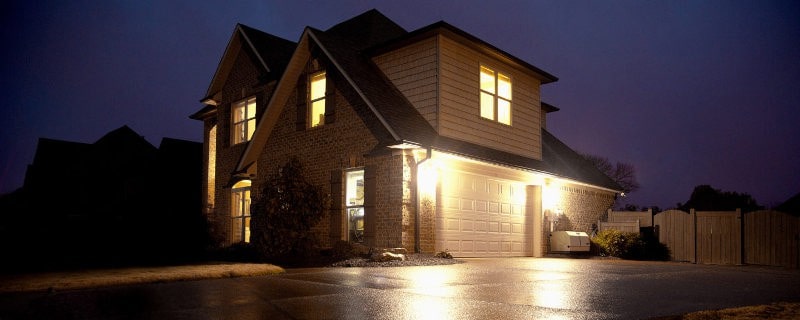If you live in the United States in a state bordering the East Coast or Gulf Coast, or anywhere in the Caribbean, a Hurricane Generator is a good investment. Seldom, if ever, does a year go by without at least one hurricane or tropical storm impacting the coast or the Caribbean. The top hurricane hazards include extreme wind, storm surge, and inland flooding. They also destroy local power grids—repairs take days, weeks, and sometimes even months.
Hurricane Generator
Following Hurricane Sandy, some residents waited up to five weeks for power restoration. A few waited much longer. According to New Jersey resident Bob McGregor, here and there you would find someone using a generator—if they could find gasoline. For almost everyone, their perishable food ended up in the trash. Roads blocked by downed trees delayed the utility and first responders. Some residents could not reach stores for food and supplies.
Hurricanes spawn tornadoes, which add to havoc and destruction. Watch any tornado storm chaser video and you will see flashes of light caused by electric arcs as the tornado breaks power lines and knocks utility poles to the ground.
A Hurricane Power Outage can leave millions of people without power for days, and thousands for weeks. Hurricane Ida made landfall on August 29, 2021, leaving 1 million Louisiana electricity customers (approximately 3 million people) without power. Entergy estimated the storm destroyed 30,000 utility poles. It also cut all five transmission lines feeding the New Orleans region. As the storm affected other states, an additional 200,000 customers lost power. On September 15, Entergy estimated that complete restoration would take until the end of September.
That’s more than a month without power for some customers. To Entergy’s credit, they reconfigured a local power plant and brought it online to power hospitals and other critical infrastructure. In most cases, that is not an option. Those who owned a hurricane generator used it for days or weeks.
Features of a Generator for a Hurricane

Generators come in many sizes and require different fuels. One feature of a generator for a hurricane is its ability to use a fuel that is readily available. After a hurricane, gasoline and diesel are less available. A hurricane generator that runs on propane or natural gas has an advantage.
Dual Fuel generators run on propane or gasoline. Tri Fuel generators also run on natural gas. Municipal natural gas provides a nearly endless supply of fuel. A generator could run for months, provided the owner keeps the maintenance up to date. If you have natural gas available to you, a tri fuel generator could be what you need.
If you don’t have natural gas, or the city shuts off the supply to make repairs or prevent natural gas leaks, propane is the next best option for a dual fuel or tri fuel generator. It is easy and much safer to store. A couple of hundred-pounds tanks could last up to two weeks, or you could invest in a larger above ground or below ground storage tank.
However, gasoline has advantages. Both propane and natural gas carry significantly lower amounts of energy, and that is reflected in how much power these generators can produce while operating on gaseous fuels. If you need full power, gasoline is the way to go—but you’ll need a safe method of storage for that much gasoline.
A generator with a 50-Amp or 30-Amp 240-Volt outlet can connect to a manual transfer switch and power a good portion of your house, including A/C and Furnace. You make a single connection between the generator and the inlet box (240-Volt receptacle in a box), start the generator, and after selecting generator power on the switch, your home has power to the circuits supplied by the transfer switch. It’s safe, fast, easy, and the best way to connect a generator to your home.
Remote Start has an advantage. Set up the generator before the storm hits, and when the power goes out, start the generator.
One last feature to consider is the maintenance schedule and ease of maintenance. If you run the generator 24/7, a 25-hour schedule means changing the oil every day. Fifty hours is every other day, and 100 hours is every 4-5 days. Check the maintenance schedule before you buy.
Consider a home standby generator. They run in any weather, start automatically just seconds after the power goes out, and some models run for up to 200 hours before they require maintenance. Even if the power goes out in the middle of the hurricane, the generator will start and run—automatically.





































